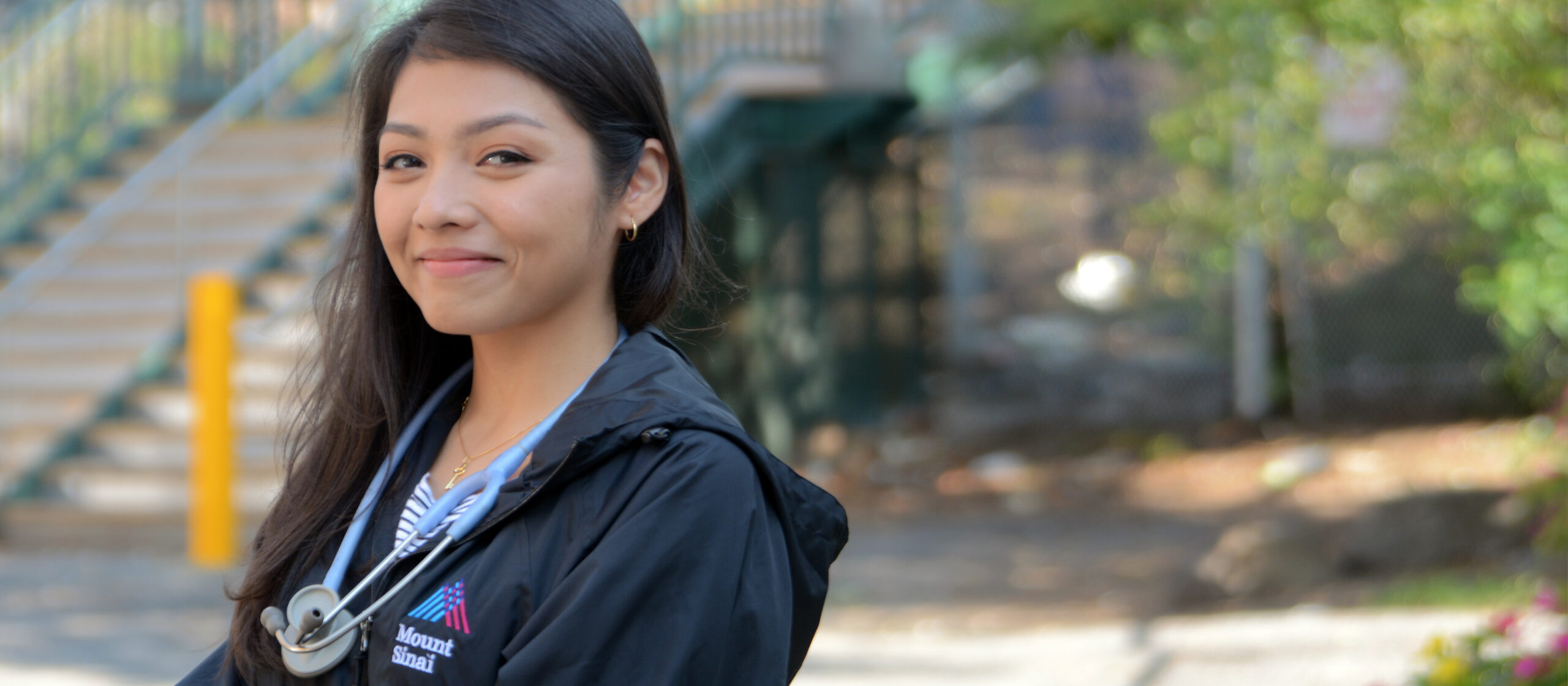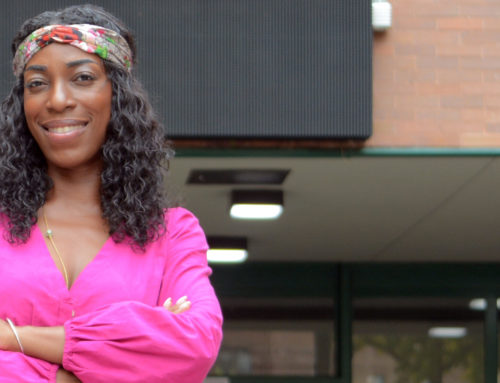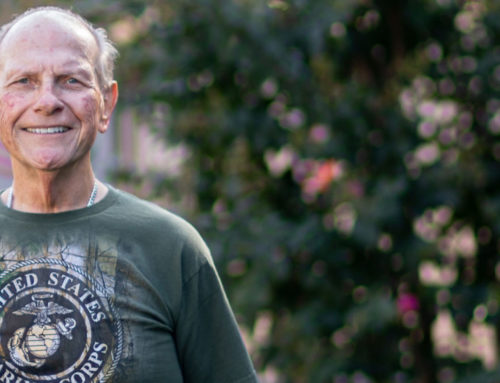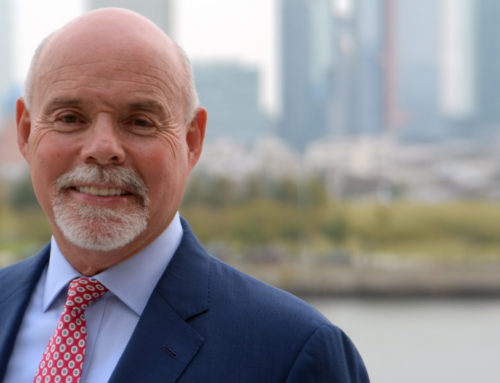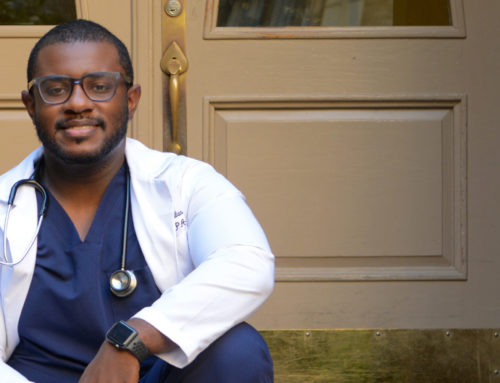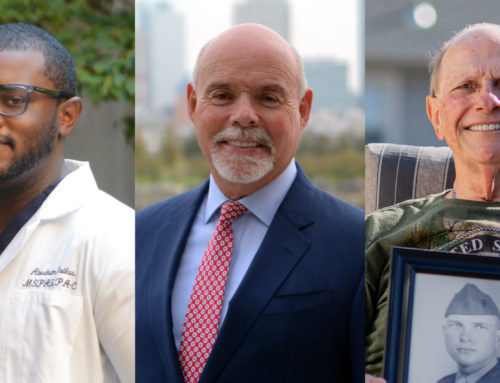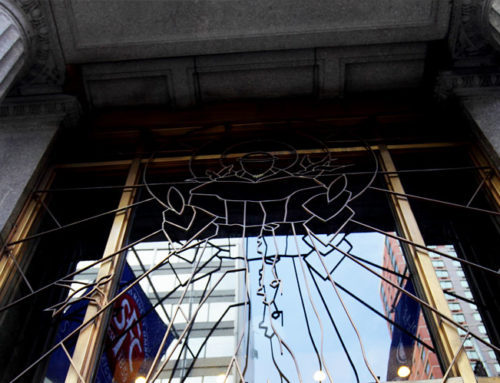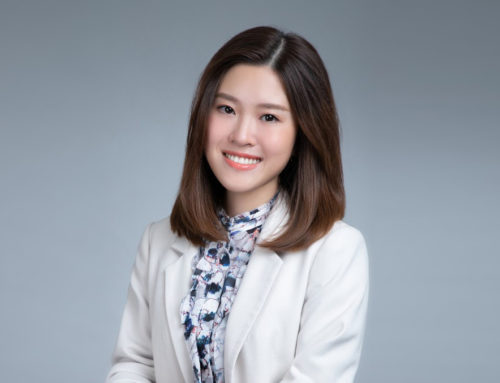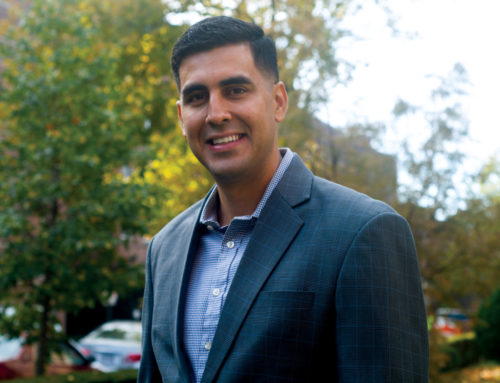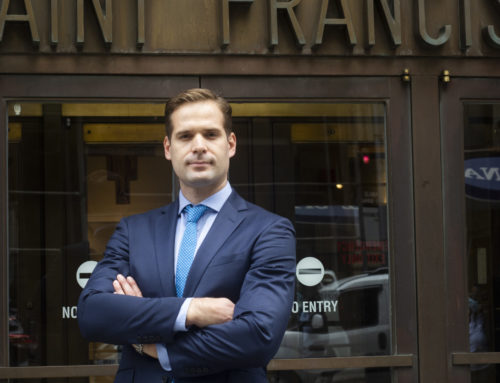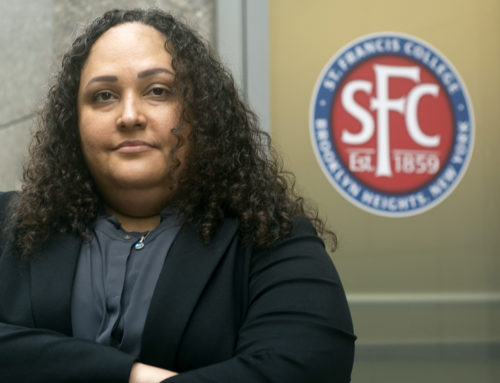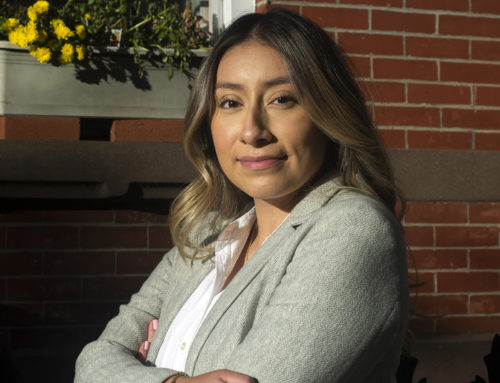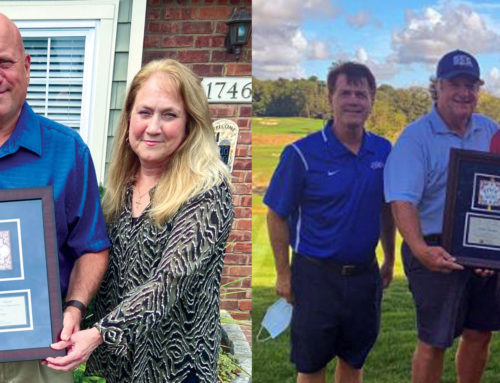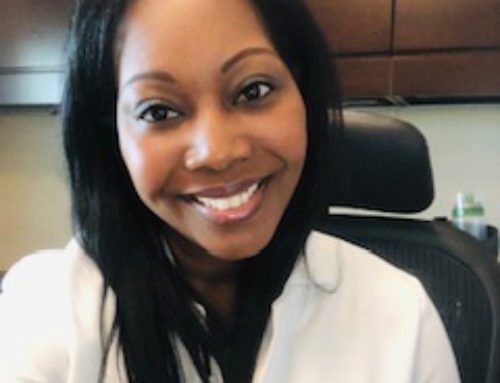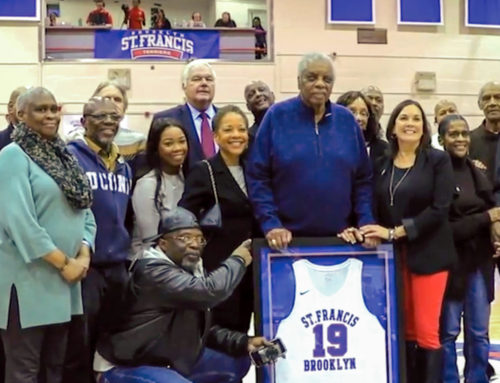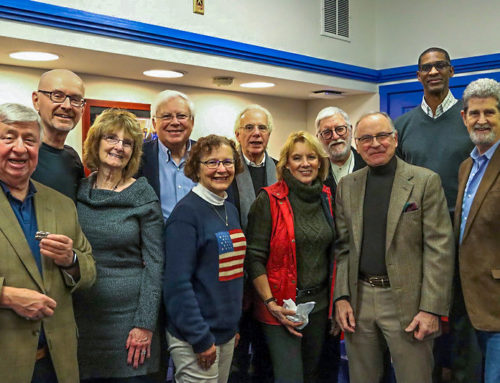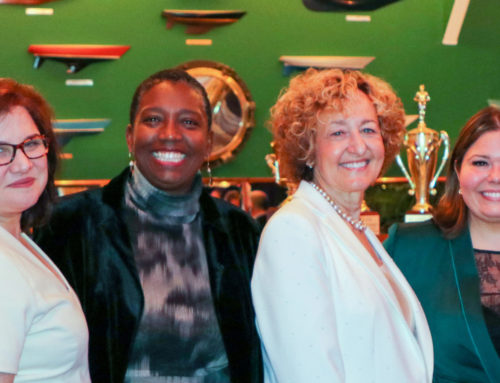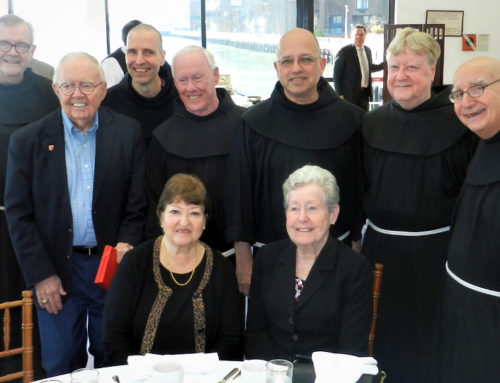Cover Story: Service and Mission—2020/2021 the Year of First Responders and Veterans
Nicole Madrazo ’19
Helping New New Yorkers Enter the World
By Lois Elfman
It’s been exhausting few months for Nicole Madrazo, a clinical nurse in the labor and delivery unit at Mount Sinai Hospital. While the demands on New York City hospitals surged due to COVID-19, typical life events like childbirth went on as usual. Part of Madrazo’s job is to make expectant mothers feel well cared for and supported, and calling on the Franciscan mission of hospitality, she did not waver.
“I was also influenced by my grandmother, a strict Catholic,” she says. “I’ve always been a caring person, empathetic to others and loving. Giving this kind of genuine service to the community is my purpose in life.
“I’m very glad that my unit has very strong teamwork,” she adds. “We have our own patients that we take care of, but we do our best to help each other.”
Madrazo came to St. Francis College in 2016 as a transfer student after beginning her nursing studies at a CUNY institution. Her interest in SFC was initially sparked by a poster in the subway. When she visited the college, she found everyone to be welcoming.
“The environment was bright and when I was talking to the people in the nursing department, their smiles just captured me and I had to enroll,” she says. “When I got into the nursing program at St. Francis, the professors were very helpful. They insisted we ask questions about anything and everything and never made us feel like we were bothering them.”
Clinical adjunct instructor Frederika Pierre guided Madrazo’s path into labor and delivery. Madrazo was a student nurse intern in that section at Mount Sinai in 2018. One of the big draws to labor and delivery is the general happiness among the patients.
“I like that I’m helping mothers deliver their newborns—answering their questions, making them feel comfortable and being their trusted person during their labor,” says Madrazo. “Going through labor is absolutely not a joke.
“As for challenges, there are times when people are experiencing a loss or a demise,” she adds. “It’s highly stressful before, during, and after the delivery of the fetus. Most of the time, I just want to stand and cry with them and give them support, but I have other responsibilities I need to do to help the OB (obstetric) providers. I have to literally shut off my emotions and prioritize. That is a skill that takes time to develop.”
Madrazo works three or four 12-hour night shifts per week. While the hours can be grueling, she’s abundantly aware that she’s earning a higher income than most recent college graduates, proudly noting that she’s already made a significant dent in paying off her student loans.
On most shifts, Madrazo will be assigned to a mother in labor. Other times, she is in the operating room for a Caesarean section as well as tending to new mothers after a C-section.
During the initial surge in COVID-19 cases in the spring, there certainly was some fear and trepidation, but Madrazo went to work every night determined to do her best. All personnel continue to take precautionary actions, follow protocols and wear personal protective equipment (PPE). Upon admission, OB residents test all patients and their spouses/partners for COVID-19.
“Once the partner is in the room, they’re not supposed to go out to minimize the spread of infection,” Madrazo explains. “If the COVID test is still pending, we must always wear the PPE gear—gown, shoe covers, mask, gloves, head covers and even goggles.”
Being an essential worker was exhausting at the height of the pandemic. “It takes a toll on your body,” she says. “My mom is also a nurse. She’s in Dallas. Sometimes I would complain to her, but she’d say, ‘Nicole, you chose this path.’”
Madrazo was also there for women with pre-natal complications, who were admitted to the hospital when family were not allowed to visit. “During that time when they couldn’t have any visitors, it was very tough,” she says. “I would stay there and keep talking to the patient, making her feel comfortable. Then I’d ask if she had a phone so she could Facetime. It made a difference. That eased the anxiety.”

“During that time when they couldn’t have any visitors, it was very tough,” she says. “I would stay there and keep talking to the patient, making her feel comfortable. Then I’d ask if she had a phone so she could Facetime. It made a difference. That eased the anxiety.”


